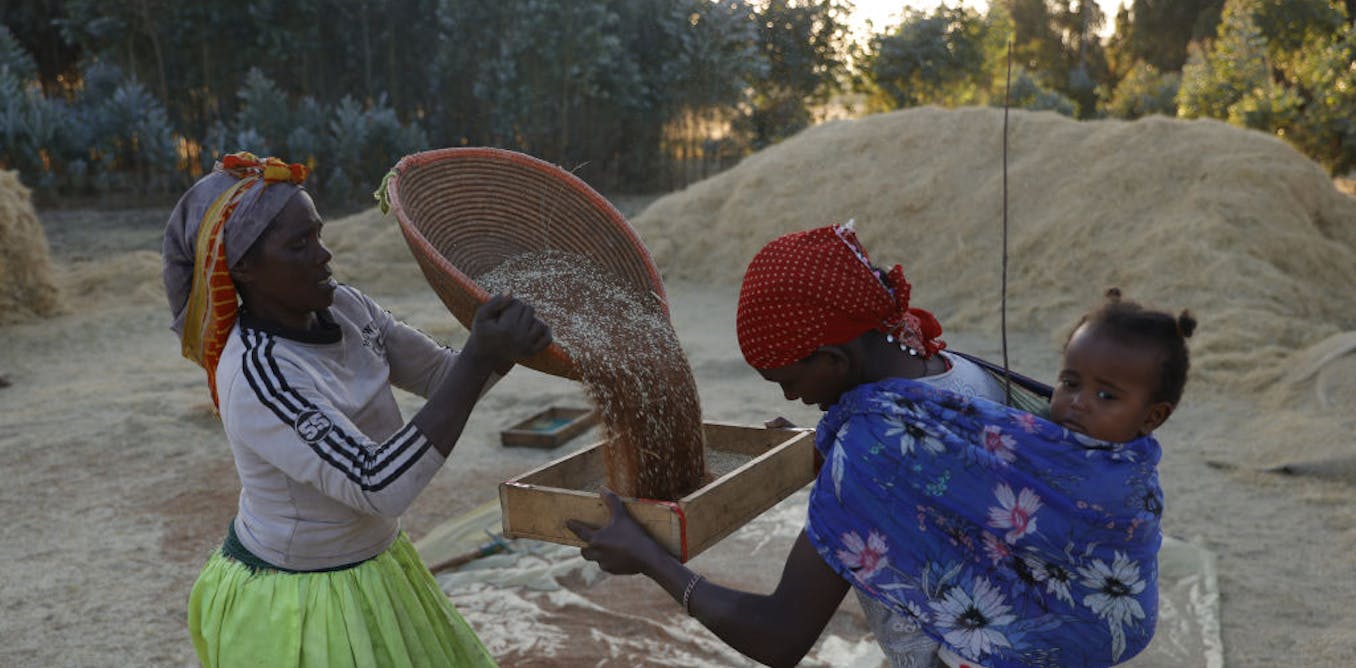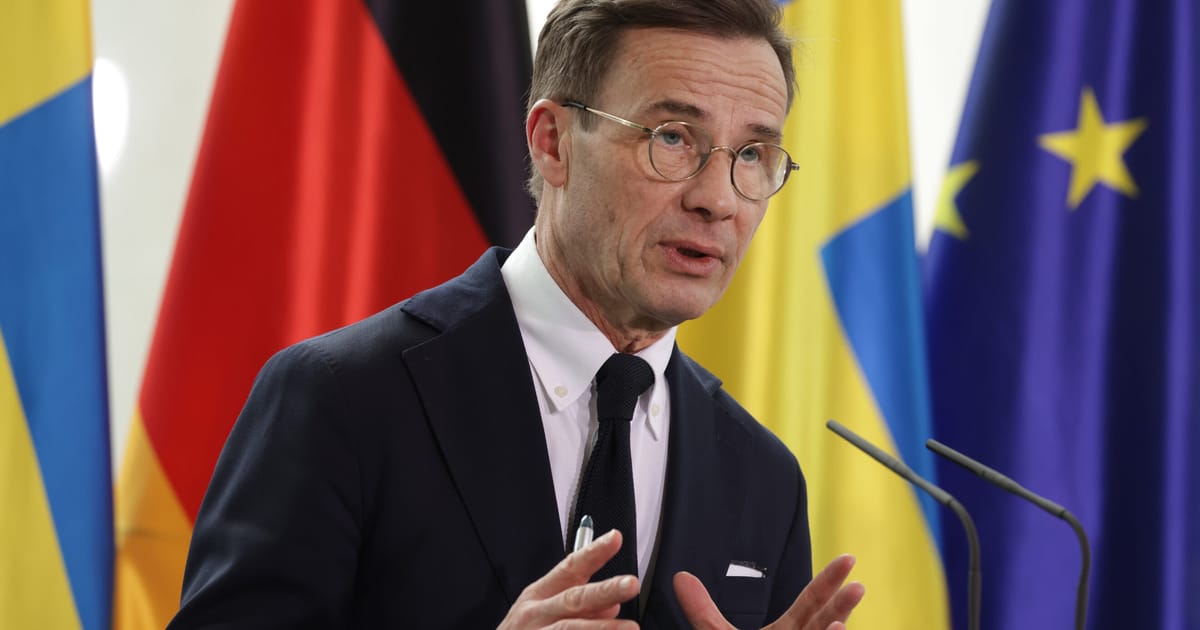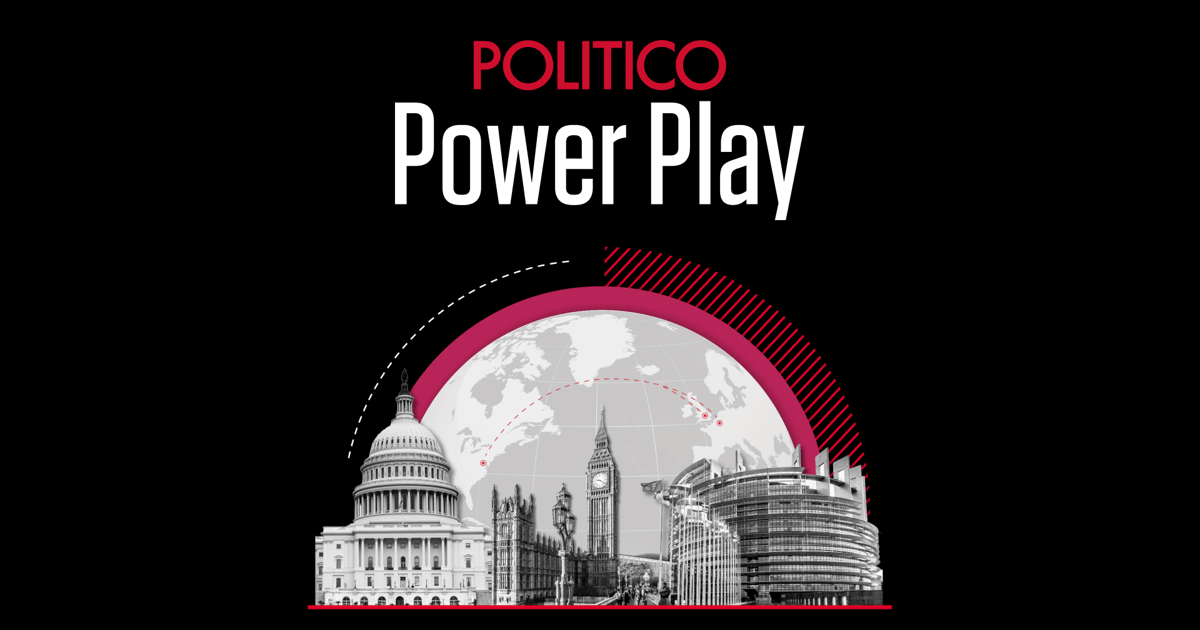Ethiopia’s largest and most populous region, Oromia, has been in the news following reports of a rise in kidnappings for ransom. The region is no stranger to war and strife. Its people have long fought against political marginalisation. But the region is more than just the site of conflict.
We asked Bizuneh Yimenu, who’s researched the region for over a decade and studied its significance in the context of Ethiopian federalism, to explain Oromia, its people and its economic and political importance.
What’s the general overview of Oromia?
Situated in the heart of Ethiopia, Oromia isn’t just a geographical entity but a cultural, economic and political powerhouse. It significantly shapes Ethiopia’s identity and trajectory.
It is the largest of Ethiopia’s 12 regions and covers a vast area. At over 350,000 square kilometres, it’s larger than Côte d’Ivoire or Italy.
The region spans Ethiopia’s central, western and southern parts. Oromia makes up 34% of Ethiopia’s landmass. It shares borders with all other Ethiopian regions except Tigray, in the country’s north. It shares international boundary lines with Sudan, South Sudan and Kenya.
Its capital is Finfinne, also known as Addis Ababa – which is additionally Ethiopia’s capital and the headquarters of the African Union.
Oromia’s diverse geography includes highlands, lowlands, forests and fertile plains. This contributes to its agricultural richness.
According to the last census, over 60 ethnic groups live in the region.
Oromia has a population of about 40 million people, about 38% of Ethiopia’s population of 105 million. There are also Oromo communities in Kenya and Somalia.
What is Oromia’s cultural and economic significance?
The Oromo, the largest ethnic group in Ethiopia, speak Afaan Oromo, one of the five most spoken African languages. Oromo traditions and customary practices have endured for centuries.
Oromia is known for its traditional democratic governance system, the Geda system, in which power is transferred peacefully every eight years. It regulates the community’s political, economic, social and religious activities. In 2016, Unesco recognised the system as an intangible cultural heritage.
What is federalism? Why Ethiopia uses this system of government and why it’s not perfect
Economically, Oromia is one of Ethiopia’s breadbaskets. The region’s crop production accounts for about 50% of total national production. A majority of residents work in the agricultural sector.
The region’s fertile soil supports crops like coffee, teff, maize and barley, which are popular for domestic consumption and export.
Outside agriculture, the region has many factories and industries that produce textile and garments, leather products, chemicals, construction materials and pharmaceuticals.
Oromia is additionally a source of export minerals, ranging from gold and platinum to iron ore and limestone. In the 2021-2022 financial year, Oromia generated US$324 million from mining.
The capital, Addis Ababa, is a hub for domestic and international travel, and connected to economically essential cities in other regions, like Diredawa and Hawassa.
International highways, such as the Ethio-Djibouti road, the main route for Ethiopia’s foreign trade, intersect Oromia. This road is the lifeblood of the country’s economy. It enables the movement of goods to and from the port of Djibouti, connecting landlocked Ethiopia to global markets.
What role has Oromia played in Ethiopia’s political development?
Oromia holds substantial political importance within Ethiopia. As the largest and most populous region, it often sets the tone for national discourse and policymaking.
Its political influence in Ethiopia can be traced to the 1960s when Oromo nationalism emerged due to subjugation and a lack of autonomy. This movement pushed Ethiopia’s transition from a centralised unitary system to a federal one.
In 2015, protests in the region to push for greater autonomy and political representation helped drive political change. In 2018, Abiy Ahmed, an Oromo, became Ethiopia’s prime minister.
Before Abiy’s entry, Ethiopia had been governed by a Tigray-dominated government for 27 years. Tigrayans make up about 6% of the population.
Abiy’s appointment symbolised a significant step towards addressing the grievances of the Oromo people.
Overall, the political dynamics within Oromia have consistently been at the forefront of discussions surrounding federalism, identity and governance in Ethiopia.
What are some of the challenges specific to the region?
Despite its cultural richness and economic importance, Oromia faces challenges that have hindered its development and stability.
One challenge is the prevalence of conflict and tension. This includes the war between the Oromo Liberation Army, a rebel group, and the Ethiopian government.
‘Ethiopia’s other conflict’: what’s driving the violence in Oromia?
Oromia has also suffered from cross-border attacks launched by the Fano militia, a rebel group operating in neighbouring Amhara. The attack is part of the militia’s agenda of expanding Amhara territory.
Additionally, the regional government has faced allegations of human rights abuses. It has been accused of extrajudicial killings and the unlawful detention of opposition leaders.
In recent months, there has been a rise in kidnappings blamed on Oromo Liberation Army rebels. This has exacerbated grievances and contributed to a climate of fear and uncertainty.
The underlying causes of conflict in Oromia are deeply rooted and complex. They stem from a combination of:
Resolving these issues requires a comprehensive approach emphasising dialogue, reconciliation and inclusive governance.
What needs to happen?
Two things are needed to address Oromia’s challenges effectively.
First, immediate attention should be given to the region’s security. This can be ensured through a peace deal with the Oromo Liberation Army. Previous rounds of peace talks held in Tanzania between the rebel group and the national government have ended without agreement.
Both the government and the Oromo Liberation Army have expressed a readiness to resolve their differences through dialogue.
Second, it’s essential that regional and national stakeholders, and the international community collaborate. Initiatives focused on promoting peace and reconciliation should be prioritised to foster a more inclusive future for all residents of the region. Considering Oromia’s significance to Ethiopia, its stability should be a priority.




